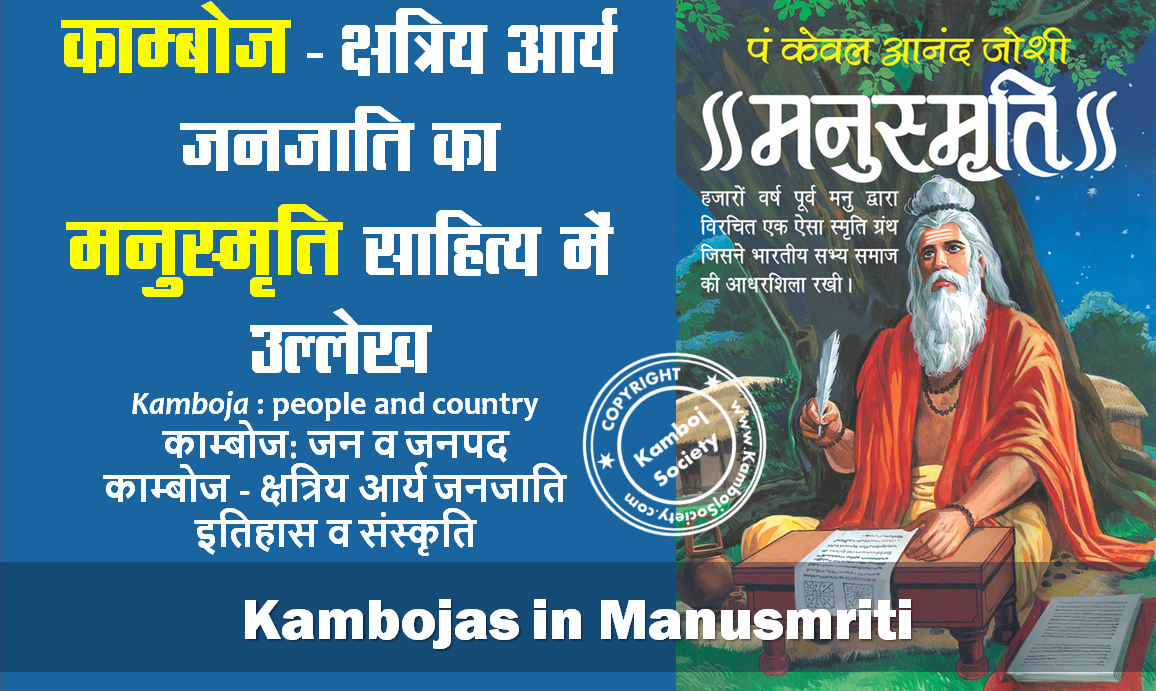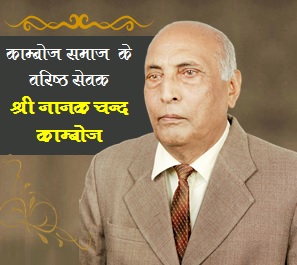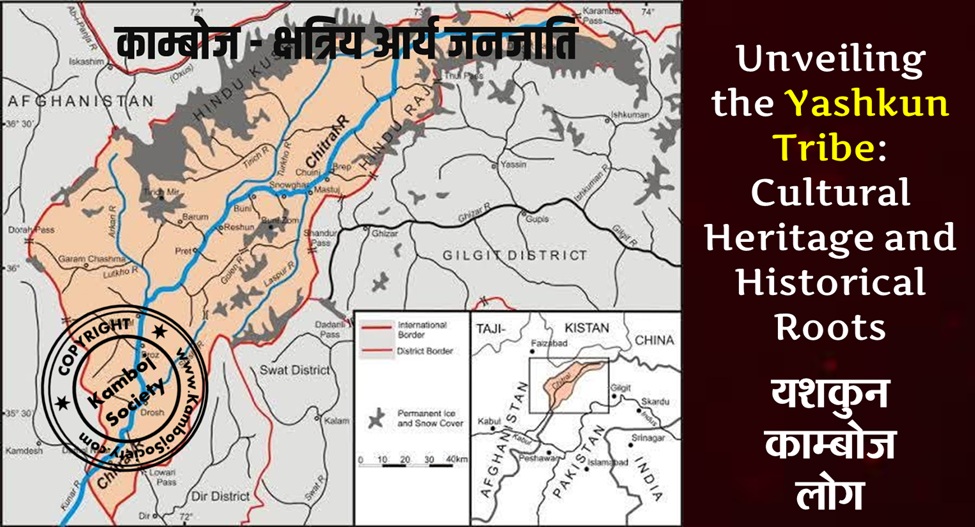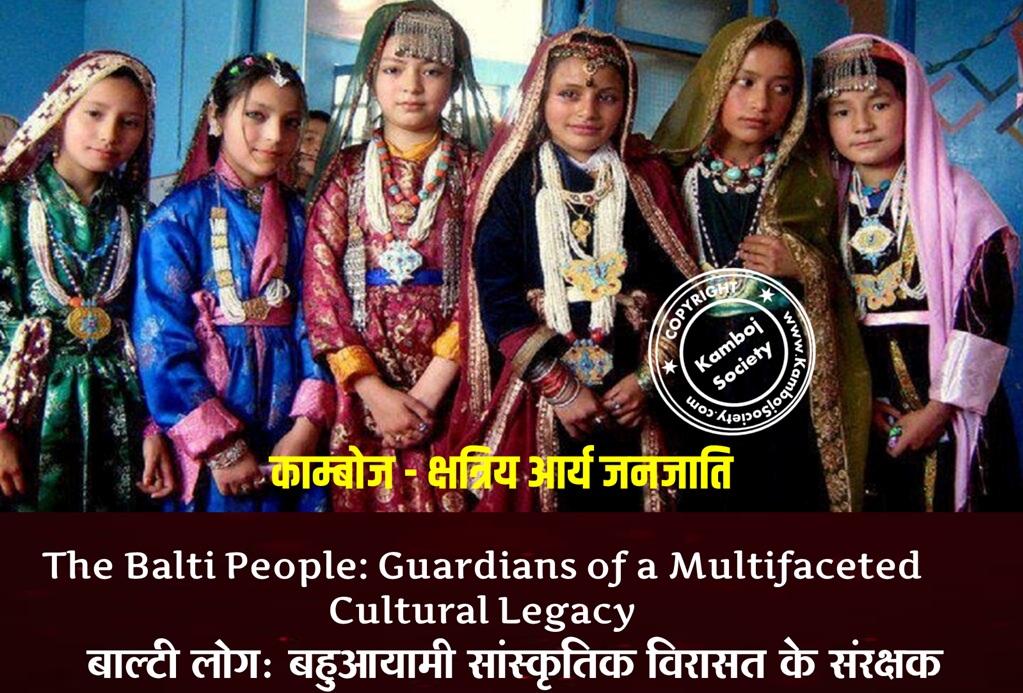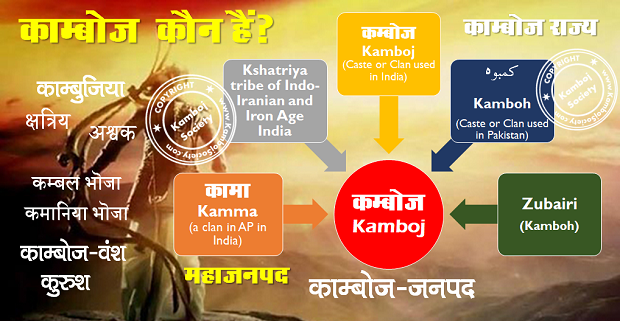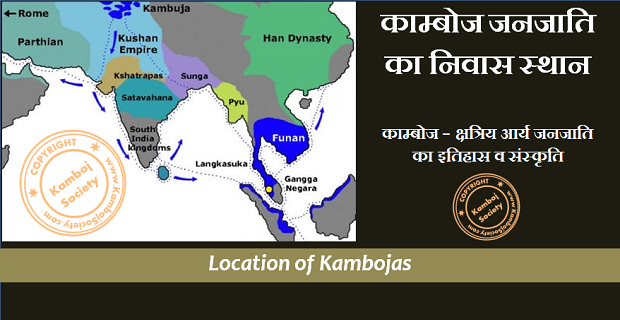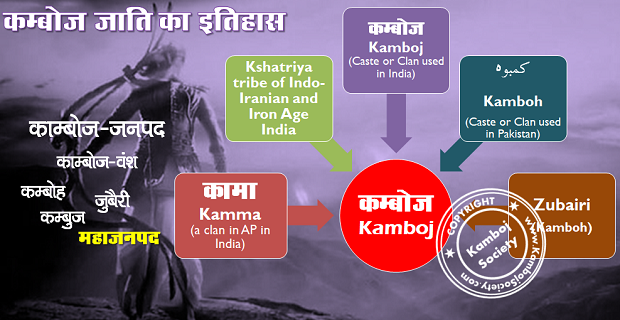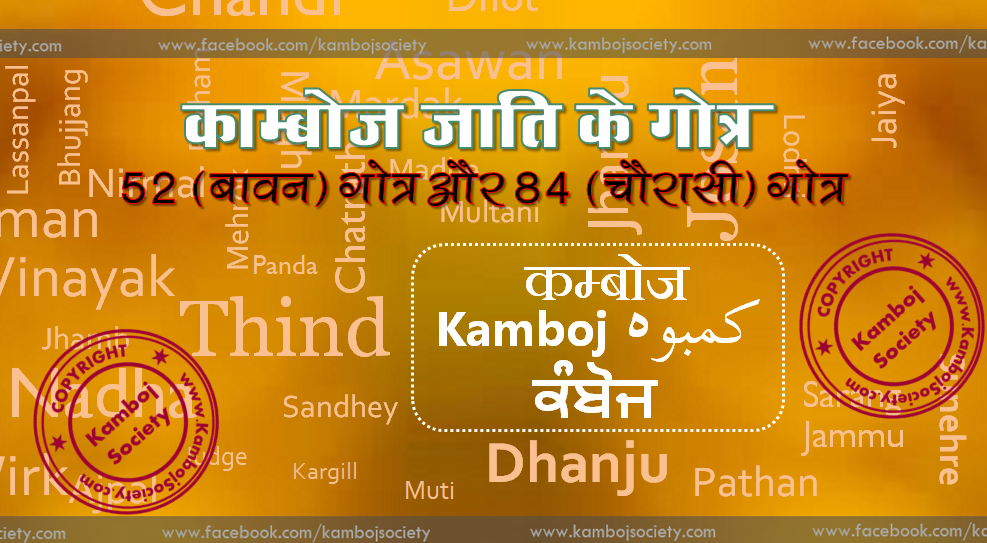The Manusmriti recognizes the Kambojas as a Kashatriya tribe, but includes them in the list of other warrior tribes, generally located on the outlying regions of the Madhyadesa from northwest, north, north east and south, who in consequence of their ommitting to perform the sacred ceremonies and by not serving Brahmins, are describes to have gradually become Vrishalas. Vrishala in the times of composition of Manusmriti denoted someone outside the influence of orthodox Brahmins who did not observe Brahminical rituals or requisition the services of Brahmins.
In the Arthashastra the term Vrishala is used for some non-vedic heretics such as Sakya and Ajivikas. The Manusmriti in its present form is dated between 200 BCE and 200 CE,[87] the times when Kambojas, after having come under the Indo-Iranian political and cultural sway that dominated the then northwest India, had gradually drifted away from the influence of Brahmanical orthodoxy, which was by then centered around the Ganga basin.
The Manusmriti predominantly discusses the code of conduct (dharma rules) for the Brahmins (priestly class) and the Kshatriyas (king, administration and warrior class).The text mentions Shudras, as well as Vaishyas, but this part is its shortest section. Sections 9.326 – 9.335 of the Manusmriti state eight rules for Vaishyas and two for Shudras.
In section 10.43 - 10.44 Manu gives a list of Kshatriya tribes, who in consequence of omissions in performance of sacred rites and failure to see Brahmins, have gradually become Vrishalas. These tribes are: Pundrakas, Odras, Dravidas, Kambojas, Yavanas, Sakas, Paradas, Pahlavas, Chinas, Kiratas and Daradas.


